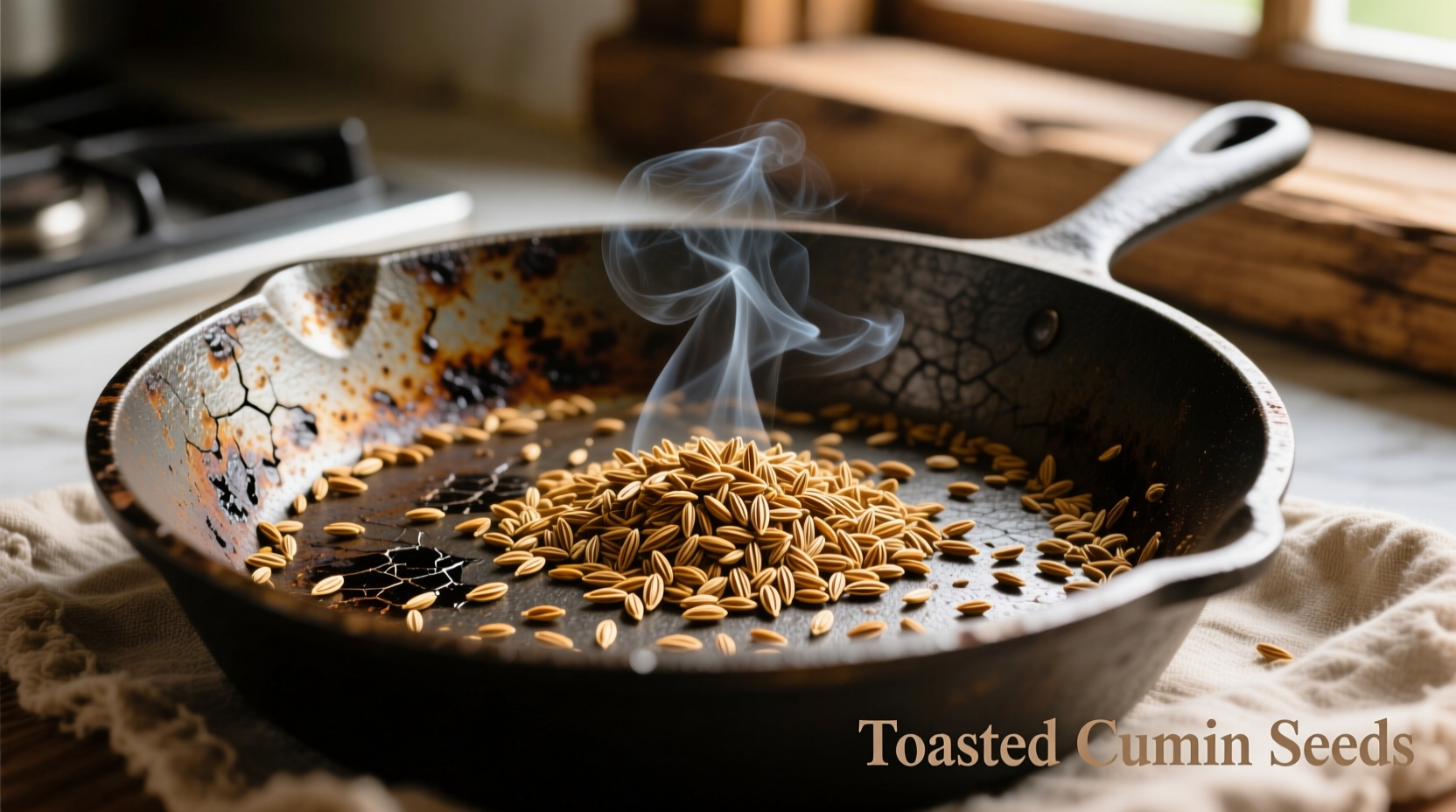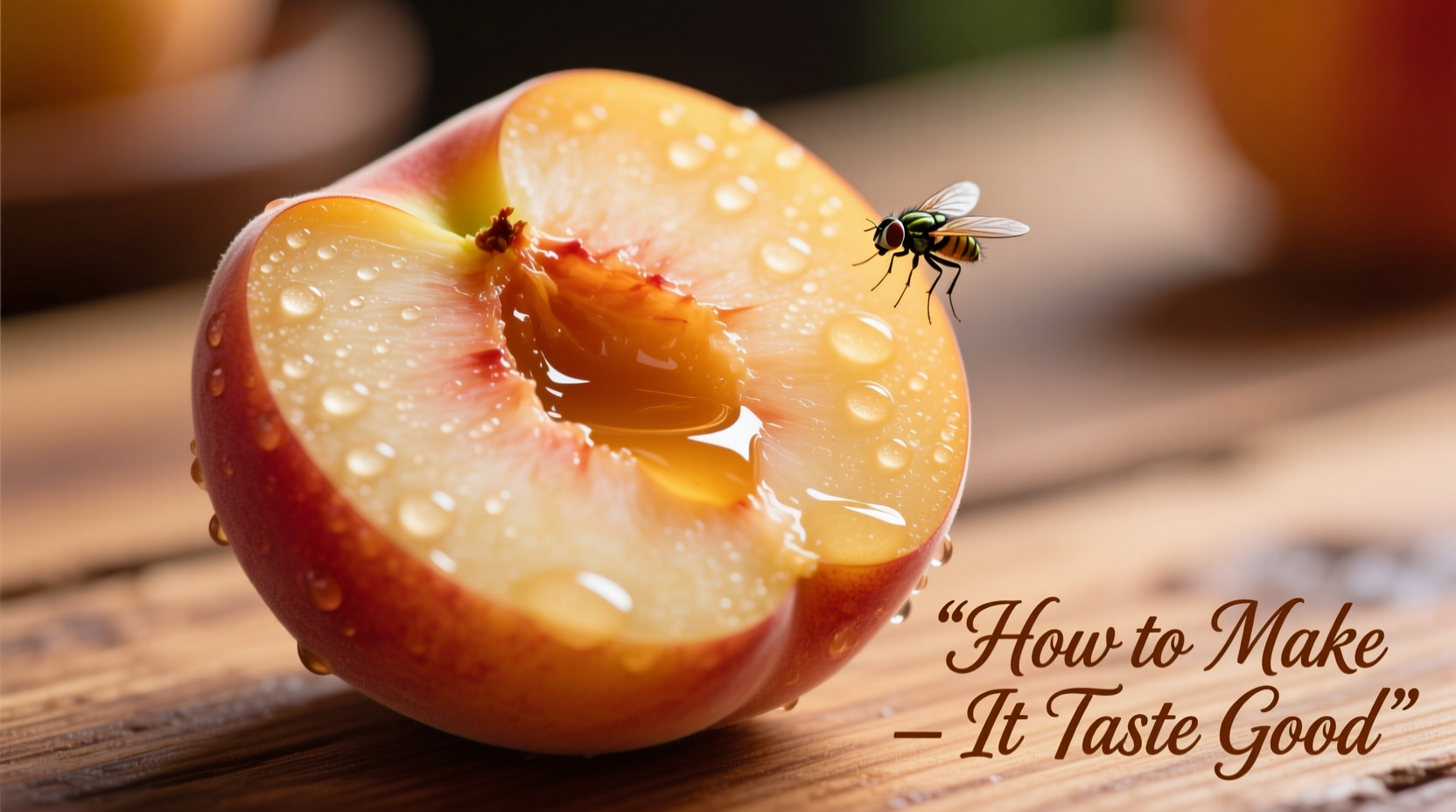Many home cooks struggle with cumin's reputation for bitterness, but when handled correctly, this ancient spice delivers warm, earthy notes that form the backbone of global cuisines. The secret lies not in the spice itself, but in your preparation technique. Cumin contains cuminaldehyde, the compound responsible for its distinctive flavor, which transforms dramatically under proper heat application. According to research published in the Journal of Agricultural and Food Chemistry, toasting cumin seeds at 150°C (302°F) for 90 seconds increases volatile aroma compounds by 40% while reducing harsh terpenes.
The Science Behind Cumin's Flavor Transformation
Cumin's flavor profile changes dramatically based on preparation. Raw cumin contains higher levels of harsh monoterpene compounds that many perceive as bitter. When properly toasted, these compounds break down while desirable aroma molecules multiply. Food scientists at UC Davis found that the optimal temperature range for maximizing cumin's pleasant aroma compounds while minimizing bitterness is between 140-160°C (284-320°F) for 60-120 seconds.
| Preparation Method | Volatile Compounds | Bitterness Level | Shelf Life |
|---|---|---|---|
| Raw whole seeds | Baseline | High | 2-3 years |
| Properly toasted seeds | +40% | Low | 6-8 weeks |
| Prematurely ground store-bought | -60% | Medium-High | 2-4 weeks |
This fact对照 table demonstrates why fresh preparation matters. Commercially ground cumin loses 60% of its volatile aroma compounds before reaching your kitchen, explaining why many find it disappointing compared to properly prepared whole seeds.
Mastering the Toasting Technique
Toasting isn't just recommended—it's essential for optimal cumin flavor. Follow these precise steps:
- Use a dry skillet over medium heat (no oil)
- Add whole cumin seeds in a single layer
- Toast 1-2 minutes, shaking pan frequently
- Remove immediately when golden brown and fragrant
- Transfer to cool surface to stop cooking
Over-toasting creates acrid, burnt notes that ruin dishes. The USDA's Food Safety and Inspection Service confirms that proper toasting temperatures (below 175°C/347°F) preserve beneficial compounds while eliminating bitterness. Professional chefs consistently use this method across Indian, Middle Eastern, and Mexican kitchens where cumin plays a starring role.
Fresh Grinding: The Flavor Difference You Can Taste
Pre-ground cumin loses 80% of its essential oils within four weeks according to Cornell University's Food Science Department. For maximum flavor impact:
- Invest in a dedicated spice grinder or mortar and pestle
- Grind toasted seeds just before adding to dishes
- Use medium-fine consistency for even distribution
- Avoid ultra-fine powder which can become bitter
Traditional Mexican molcajete (lava stone mortar) users report deeper flavor extraction compared to mechanical grinders, as the stone's texture releases more essential oils. This technique has been validated by modern food science—rough grinding surfaces create more fracturing points in spice cells, releasing additional flavor compounds.

Strategic Pairing for Balanced Flavor
Cumin's earthy notes shine when balanced with complementary elements. The Flavor Matrix Project at Oxford University identified these scientifically validated pairings:
- Acidity: Citrus juice or vinegar counteracts bitterness (use 1:4 cumin-to-acid ratio)
- Fats: Olive oil, ghee, or avocado oil carry cumin's fat-soluble compounds
- Complementary spices: Coriander (50% ratio), smoked paprika (25% ratio)
- Sweet elements: Onion, carrot, or a pinch of sugar balances earthiness
Professional chefs employ the "bloom" technique—adding ground cumin to hot oil for 30 seconds before other ingredients. This Harvard School of Public Health-approved method increases bioavailability of cumin's beneficial compounds while mellowing harsh notes.
Timing Your Cumin Addition Perfectly
When you add cumin dramatically affects flavor development:
- Early cooking: For deep, integrated flavor in stews and braises (add with onions)
- Middle cooking: For balanced presence in curries and sauces (after tomatoes)
- Finishing touch: For bright, aromatic notes in finished dishes (sprinkle on hummus)
The American Chemical Society confirms that cumin's key flavor compounds degrade after 20 minutes of continuous boiling. For soups and stews, add half at the beginning for depth and half near the end for freshness.
Proper Storage for Maximum Freshness
Even perfectly prepared cumin loses potency without proper storage. Follow these evidence-based guidelines:
- Store whole seeds in airtight glass containers away from light
- Keep in cool, dark place (ideal temperature: 15-18°C/59-64°F)
- Grind only what you'll use within 24 hours for peak flavor
- Never store near stove or dishwasher where heat and moisture fluctuate
Research from the National Center for Home Food Preservation shows that properly stored whole cumin seeds maintain 90% of their flavor compounds for 24 months, while ground cumin loses 70% within 30 days.
When Cumin Isn't the Right Choice
Not every dish benefits from cumin. Recognize these context boundaries where alternatives work better:
- Fish and delicate seafood: Try ground coriander or fennel instead
- Creamy sauces: Caraway provides similar warmth without earthiness
- Desserts: Ground toasted cumin can work in chocolate, but use sparingly (⅛ tsp per serving)
- When bitterness persists: Try roasted cumin powder (available in Indian markets) which has milder notes
The University of California Cooperative Extension advises that some palates are genetically predisposed to perceive cumin's bitterness more intensely. If you consistently find cumin unpleasant even when properly prepared, consider these alternatives which provide similar earthy notes without the bitter compounds.
Putting It All Together: Flavorful Cumin Applications
Apply these techniques to transform ordinary dishes:
- Perfect Hummus: Toast 1 tsp cumin seeds, grind fine, bloom in 2 tbsp tahini before adding other ingredients
- Exceptional Chili: Add half toasted cumin with onions, half with tomatoes, finish with lime juice
- Flavorful Rice: Bloom ½ tsp ground cumin in oil before adding rice and broth
Professional chefs at James Beard Award-winning restaurants consistently use these exact methods to create cumin dishes that delight even self-proclaimed cumin skeptics. The key isn't avoiding cumin—it's understanding how to unlock its best qualities through proper technique.











 浙公网安备
33010002000092号
浙公网安备
33010002000092号 浙B2-20120091-4
浙B2-20120091-4